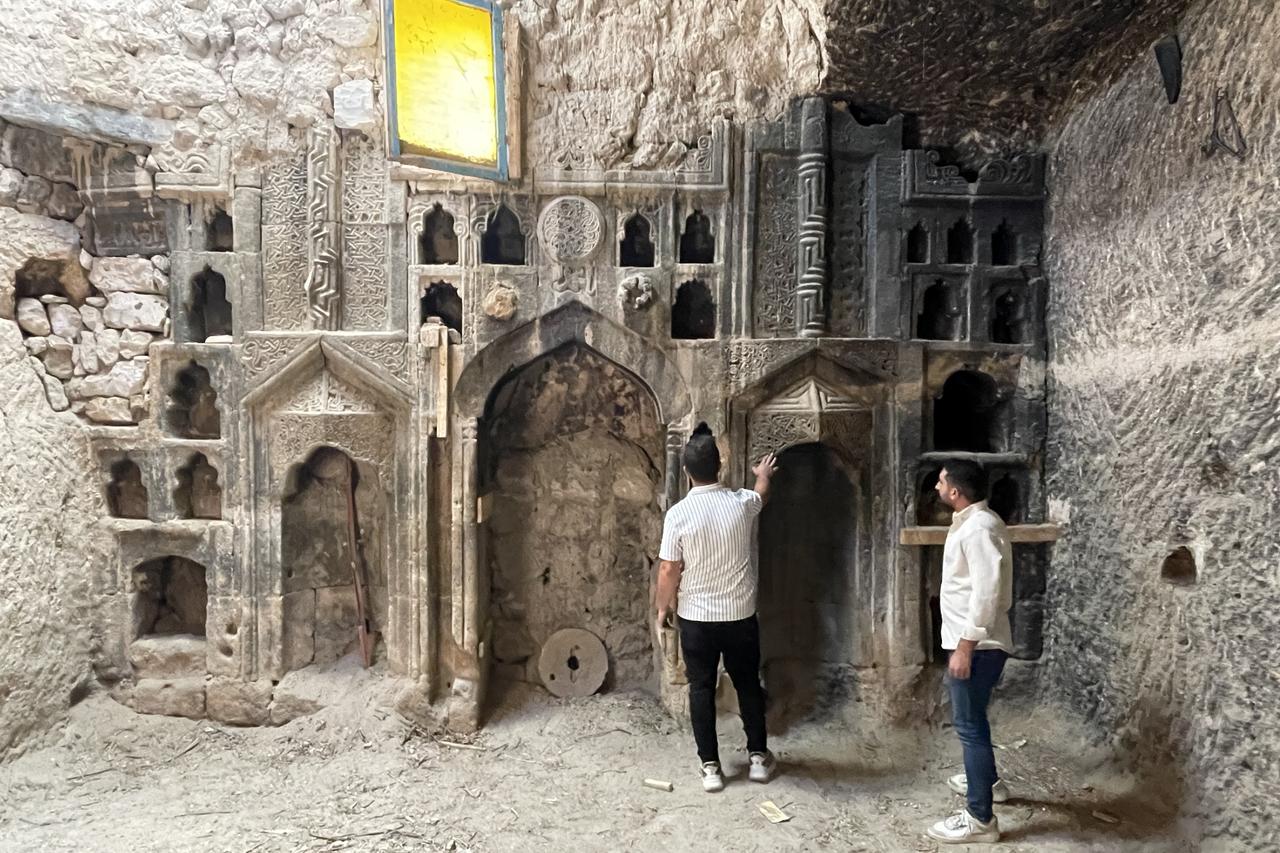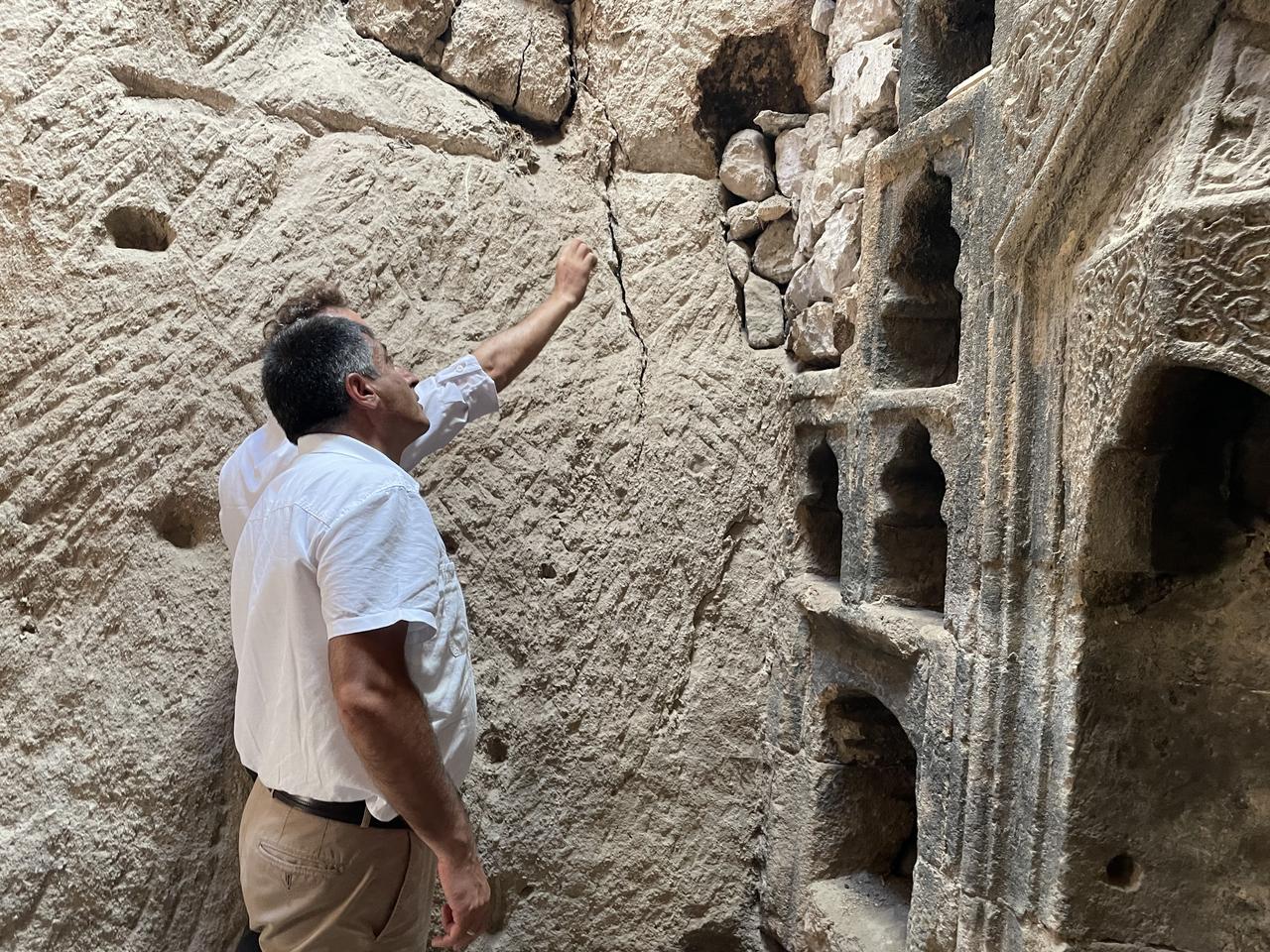
A centuries-old prayer site believed to date back to the early period of Turkish-Islamic civilization has been uncovered in a carved rock shelter previously used as a wood storage area.
The discovery was made in Taskinpasa, a rural village in the Urgup district of central Türkiye's Nevsehir province.
The site was revealed during surface surveys conducted by art historians from the Faculty of Arts and Sciences at Nevsehir Haci Bektas Veli University (NEVU).
The village is already known for the 16th-century Taskinpasa Mosque and Madrasa, both well-documented architectural landmarks. However, this new discovery appears to have gone unnoticed by scholars until now.

Researchers came across the structure after local resident Mehmet Ersen allowed access to the carved-out space he had long used as a woodshed.
A cleaning effort led to the uncovering of a finely crafted mihrab—an ornamental prayer niche indicating the direction of Mecca—suggesting the space once served as a place of worship.
Assoc. Prof. Savas Marasli, part of the academic team, said that no existing literature had previously referenced the structure, which they believe bears stylistic elements from the Eretna Beylik, a Turkish principality active in Anatolia in the 14th century.
He noted that the decorative features, materials, and construction techniques align with traditions seen in the Seljuk and post-Seljuk periods.
“This is a 600-year-old structure that has survived by being hidden. It displays the ornamental and technical characteristics that continued from the Seljuks through the principalities period,” said Marasli.
Initial observations suggest that the space may have served both religious and domestic functions. Although the primary purpose remains uncertain, the presence of a mihrab provides strong evidence that it was used for Islamic prayer at some point.
Assoc. Prof. Alper Altin, another researcher involved in the project, described the discovery as an exciting development for the academic team.
He said future work would focus on identifying how the space was used and what its architectural elements can reveal about the era.
“We’re planning to further explore the structure’s functions and ornamentation. It’s essentially a pristine site, and our research will help shed more light on its history,” Altin added.

Resident Mehmet Ersen, 63, said that foreign tourists visiting the village during his childhood had mentioned the existence of a mosque in the area, although no formal investigation had taken place until now.
His cooperation with the researchers helped facilitate the cleaning process, which ultimately led to the site's exposure.
The site adds another layer to the historical landscape of Taskinpasa, where previously documented structures include a mosque, tomb and Sufi lodge, reflecting the religious and educational architecture of the region during the medieval period.
Researchers plan to continue their investigations around the site in hopes of understanding more about its origins and historical significance.